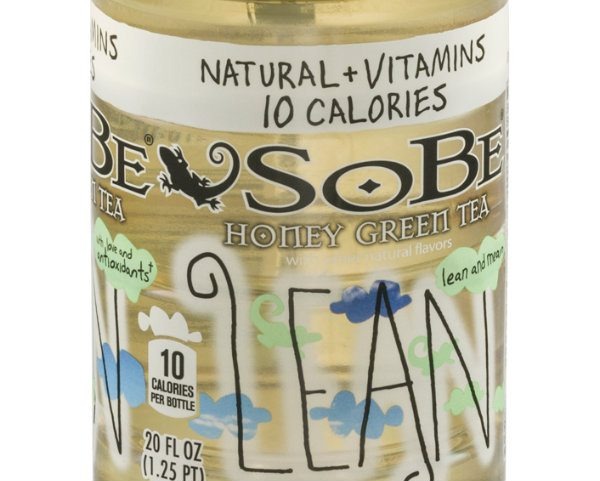A Recipe For Success: How 5 Beverage Entrepreneurs Broke Into The Beverage World
When you walk into a convenience store, you're flooded with products and choices. Choosing a functional beverage that quenches your thirst should be an easy decision, but lately this decision is becoming more difficult with an influx of beverages that offer an array of tastes and benefits. So we started to wonder how all these new beverage companies came up with their concepts, and more importantly, their flavors.
Click here to see the slideshow for 5 Insider Tips For Breaking Into the Beverage World (Slideshow)
After speaking with five beverage entrepreneurs, both veteran and newcomers, we found that the new ideas are easy to come by, but it's the transition from idea to reality that is the challenge. Is the concept profitable? Is there funding? What's the infrastructure going to cost? The brand development? And what happens when that's all in place? Will anyone buy the product? And does it even taste good? Businessweek reported that launching a new beverage product successfully in the U.S. for less than $100,000 was nearly impossible, and once the product is launched, the competition for shelf space and consumers is fierce. The same article reported that hopeful beverage companies need to allot $20,000 to $25,000 in their budget to get a beverage to the prototype stage. Additional costs for ingredient labels, logos and packaging, raw materials, production, and inventory are also factors before any bottles hit stores.
During our interviews, we learned that there's a protocol for getting into the beverage industry and developing popular flavors. John Bello, founder of SoBe, told us that once he came up with the concept for SoBe (a nutrient-enhanced beverage) he worked with a German flavor company based out of Cincinnati that was flexible, accommodating, and wanted to establish a presence in the U.S. Bello claims the company was exceptionally innovative and looked at what he already had in mind before they started creating concepts. Flavor profiling is mostly trial and error, of course, but Bello told us that SoBe was cutting-edge at the time of its creation, and he wanted a formula that would be different from anything else out there.
Industry veteran Peter Strahm, former vice president and manager for Red Bull, recently started his own beverage Nth Degree. He claims that in developing drink flavors, it's most important to find a chemist you can work with and give your ideas to. Strahm told us that most people are non-descriptive about what they want until they taste it, and the chemist can make words come to fruition. But it appears that concepts go much further in the beverage industry than taste.
Frava CEO and co-creator Evan Berman came up with the concept of caffeinated fruit juice while he was studying for finals at Colgate University. He tells us that developing the idea for Frava came from drinking orange juice in the morning and wanting caffeine, but hating the taste of coffee. Building the flavor profiles came from his meeting with Allen Flavors Inc., a world-renowned beverage formulation, flavor, and ingredient supply company. The result was a selection of hybrid flavors that Berman believes are more appealing to the masses because they aren't trying to reinvent the wheel. Flavors like cranberry-orange and pomegranate-acai aren't generic, and they're certainly ones that health-conscious individuals are willing to try.
Brian Liu, creator of Zenify told us, "We used PowerBrands, who has a development lab, to help us get the taste right. But it's a lot of trial and error." And that seems to be a sentiment shared by all the entrepreneurs we spoke to.
Strahm reminded us that there are taste profiles you have to watch out for, flavors that you as a specialist may enjoy but consumers may not necessarily want to purchase. Real Beanz representative Jenna Burke told us that the founders of Real Beanz are specialists in mixing flavors. They believed that coconut water would blend exceptionally well with coffee and that consumers would be attracted to the concept of the functionally delicious blend of coffee and coconut. Their belief was that Starbucks was too strong and they loved the fact that coconut water was a smoother blend for coffee.
Some of the individuals we spoke to are established beverage industry veterans, and others are just getting their start in the drinks world — but their opinions and their stories are similar when it comes to developing the flavors that helped to turn their brands into what they are today. It starts with an idea, and that idea needs to be molded into a reality. So whether you're like Frava or Real Beanz who had a flavor in mind and ran with it, or one more like SoBe, who had an idea with no particular flavor profile in mind, all it takes is an idea and a chemist... and of course an angel investor to help the whole thing come to fruition.
